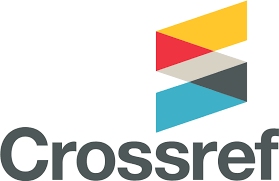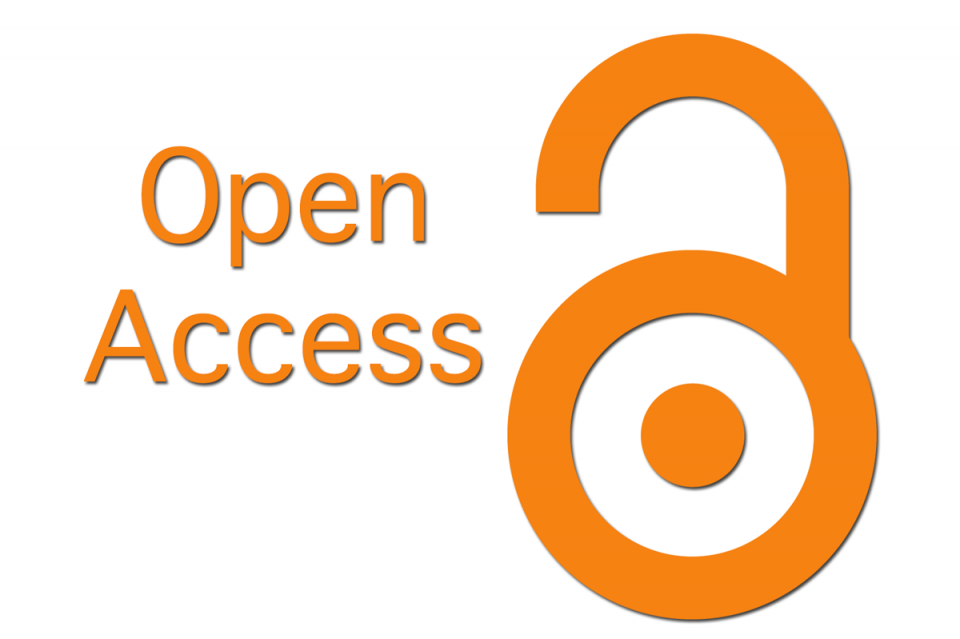On Observance of the Rules of Legislative Technique when DevelopingStatutory Acts of Altai Krai for Physical Training and Sports
Abstract
The article is focused on the analysis of the statutory legal acts of Altai Krai for physical training and sports from the standpoint of compliance with the rules of legislative technology. The authors note that there is no single abridgement of such rules, and this, in particular, is the cause of many technical defects in the legislation. Therefore, the position of those researchers who propose to pass a special act is supported, which would enshrine in law the proper requirements and rules of legislative technology. The study has considered the criteria often mentioned by researchers in the relevant literature.Some of them are: compliance with the distribution of the jurisdiction of the Russian Federation and the subjects of the Russian Federation established by the Constitution of the Russian Federation, lack of excessive duplication of federal legislation, provision of consistency, completeness and detail of legal regulation, present norms regulating relations with reference to regional specificity. The analysishas been applied to: Act of Altai Krai of 11.09.2008 N 68-ЗС «On Physical Training and Sports in Altai Krai» and Statutory Order of Altai Krai Administration dated 04.03.2011 N 100 «On the Strategy for the Development of Physical Training and Sports in Altai Kraifor the Period up to 2020».Overoll, they have received a positive assessment, both in terms of content and writing technique. Yet some problems have been identified. An inconsistency with the distribution of the jurisdiction of the Russian Federation and the constituent entities of the Russian Federation established by the Constitution of the Russian Federation has beennoted, and a proposal has been formulated to exclude the corresponding provision from the regional act. There has been revealed the presence of duplications of federal legislation that do not carry amessage. Examples of norms with their detailed analysis have been given, where the consistency, completeness and detail of legal regulation are not provided. Proposals have been formulated to expand the provisions aimed at addressing issueswith reference to regional specificity.
Downloads
Metrics
References
Алтайский край отличился количеством спортивных объектов / Алтайская правда. – 2017. – 13 сентября / URL: https://www.ap22.ru/paper/Altayskiy-kray-otlichilsya-kolichestvom-sportivnyh-ob-ektov.html
Баженов А.И. Теоретические аспекты юридической экспертизы нормативно-правовых актов субъектов Российской Федерации / Вестник Тамбовского университета. Серия: Гуманитарные науки. – 2008. – № 12 (68). – С. 568-570.
Бражник С.Д., Касаткина Н.Н. Лингвистические (языковые) правила в законодательной технике / Юридическая наука. – 2014. – №3. – С. 10-12.
Лозинский И.В. К вопросу о реализации правил законодательной техники в уголовном законодательстве, охраняющем общественные отношения в сфере экономики / Вестник Томского государственного университета. – 2006. – № 292-1. – С. 79-80.
Мурсалимов К.Р. Следование закономерностям права и соблюдение правил законодательной техники – основа высокого качества нормативных правовых актов / Вестник Московского университета МВД России. – 2013. – № 8. – С. 104-107.
Никиташина Н.А., Никитин А.Н. Состояние нормативных правовых актов Республики Хакасия с точки зрения законодательной техники / Юридическая наука и практика. – 2019. – № 4. – С. 5-13.
Соловьев О.Г. О нормативном закреплении основных требований и правил законодательной техники / Вестник Ярославского государственного университета им. П. Г. Демидова. Серия Гуманитарные науки. – 2010. – № 4 (14). – С.43-46.
Упоров И.В. Дублирование нормативного текста в правовых актах: теоретические основы и юридическое значение / Общество: политика, экономика, право. – 2020. – № 8 (85). – С. 66-71.
Худойкина Т.В., Переплетчиков С.С. Вопросы законодательного закрепления правил юридической техники / Евразийская адвокатура. – 2015. – № 5 (18). – С. 44-45.
References
Altai Territory distinguished itself by the number of sports facilities. Altai Truth. 2017, September 13. URL: https://www.ap22.ru/paper/Altayskiy-kray-otlichilsya-kolichestvom-sportivnyh-ob-ektov.html (in Russian).
Bazhenov, A.I. (2008). Theoretical aspects of legal expertise of regulatory legal acts of the constituent entities of the Russian Federation.Bulletin of the Tambov University. Series: Humanities, 12 (68), 568-570 (in Russian).
Brazhnik, S.D., Kasatkina, N.N. (2014).Linguistic (linguistic) rules in legislative technique.Legal science, 3, 10-12 (in Russian).
Lozinsky, I.V. (2006).On the issue of the implementation of the rules of legislative technology in criminal legislation protecting public relations in the field of economics.Bulletin of the Tomsk State University, 292-1, 79-80 (in Russian).
Mursalimov, K.R. (2013). Compliance with the laws of law and compliance with the rules of legislative technology is the basis of high quality regulatory legal acts. Bulletin of the Moscow University of the Ministry of Internal Affairs of Russia, 8, 104-107 (in Russian).
Nikitashina, N.A., Nikitin A.N.(2019). State of regulatory legal acts of the Republic of Khakassia from the point of view of legislative technology.Legal Science and Practice, 4, 5-13 (in Russian).
Soloviev, O.G. (2010).On the normative consolidation of the basic requirements and rules of legislative technology. Bulletin of the Yaroslavl State University named after P.G. Demidov. Series Humanities, 4 (14), 43-46 (in Russian).
Uporov, I.V. (2020). Duplication of the normative text in legal acts: theoretical foundations and legal significance. Society: politics, economics, law, 8 (85), 66-71 (in Russian).
Khudoikina, T.V., Perepletchikov, S.S. (2015). Questions of legislative consolidation of the rules of legal technology.Eurasianadvocacy, 5 (18), 44-45(inRussian).
Copyright (c) 2020 Екатерина Коваленко, Надежда Тыдыкова, Ольга Шавандина

This work is licensed under a Creative Commons Attribution 4.0 International License.
The authors, which are published in this journal, agree to the following conditions:
1. Authors retain the copyright to the work and transfer to the journal the right of the first publication along with the work, at the same time licensing it under the terms of the Creative Commons Attribution License, which allows others to distribute this work with the obligatory indication of the authorship of this work and a link to the original publication in this journal .
2. The authors retain the right to enter into separate, additional contractual agreements for the non-exclusive distribution of the version of the work published by this journal (for example, to place it in the university depository or to publish it in a book), with reference to the original publication in this journal.
3. Authors are allowed to post their work on the Internet (for example, in a university repository or on their personal website) before and during the review process of this journal, as this may lead to a productive discussion, as well as more links to this published work (See The Effect of Open Access).











